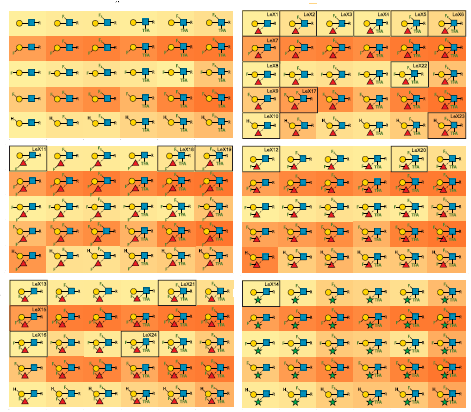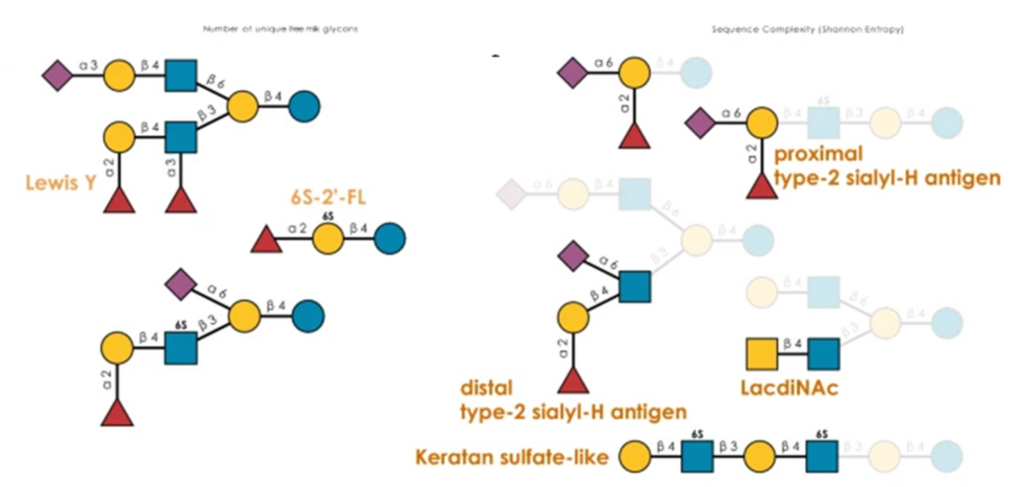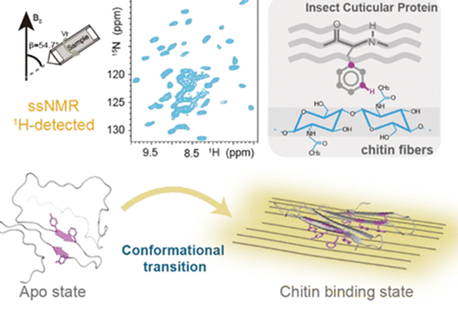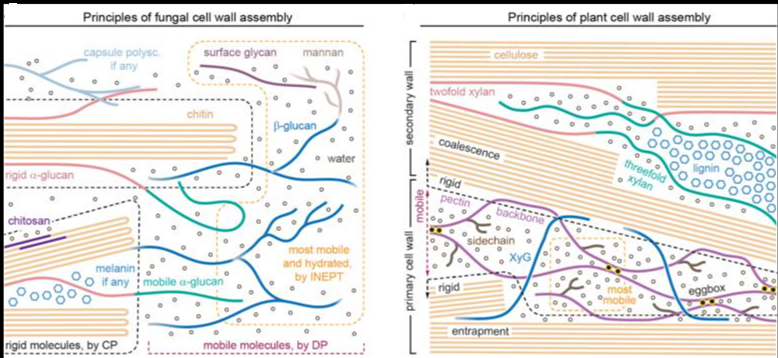Glycan-mediated interactions are crucial in biology and medicine, influencing signalling, immune responses, and disease pathogenesis. However, the use of glycans in biosensing and diagnostics is limited by cross-reactivity, as multiple biologically distinct protein receptors can recognise certain glycan motifs. To address this specificity challenge, the authors report the enzymatic synthesis of a 150-member library of site-specifically fluorinated Lewisx analogues (‘glycofluoroforms’) using naturally occurring enzymes and fluorinated monosaccharides.

Subsequent incorporation of a subset of these glycans into nanoparticles or a microarray revealed a striking spectrum of distinct binding intensities across different proteins that recognise Lewisx. Notably, the authors show that for two proteins with unique binding sites for Lewisx, glycofluoroforms exhibited enhanced binding to one protein, whilst reduced binding to the other, with selectivity governed by fluorination patterns. The work showcases the potential diagnostic utility of this approach in glycofluorofor mediated bacterial toxin detection by lateral flow.




